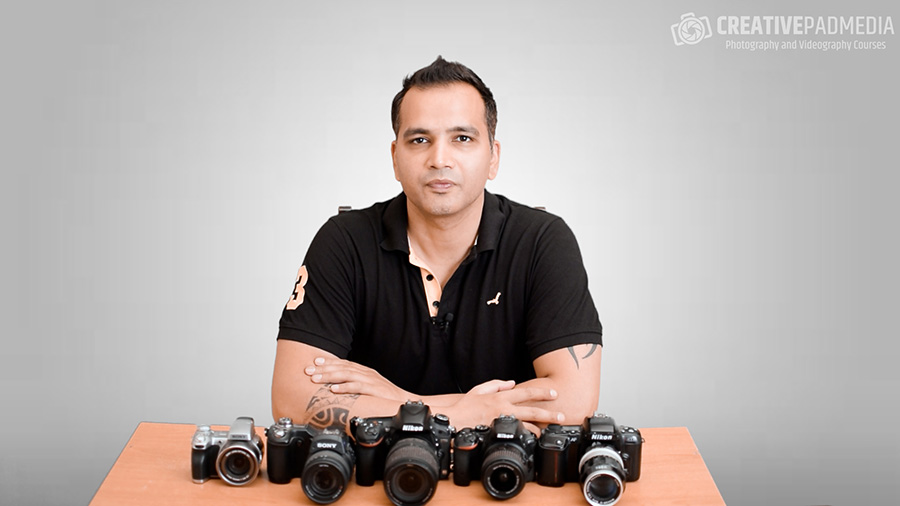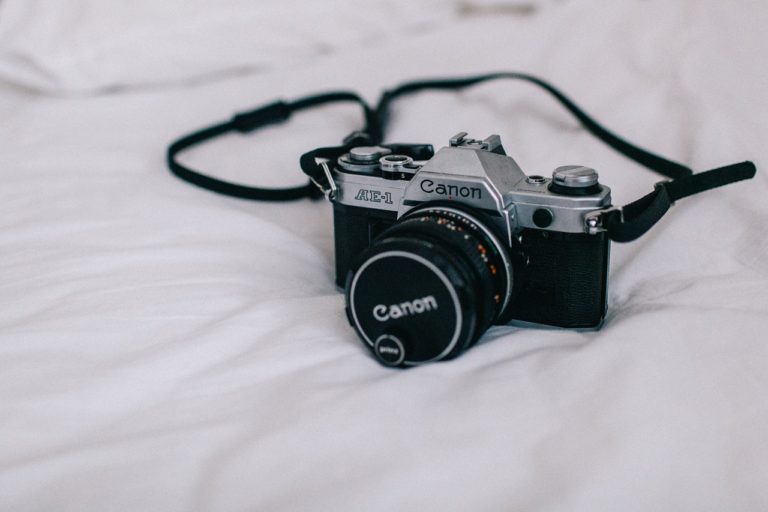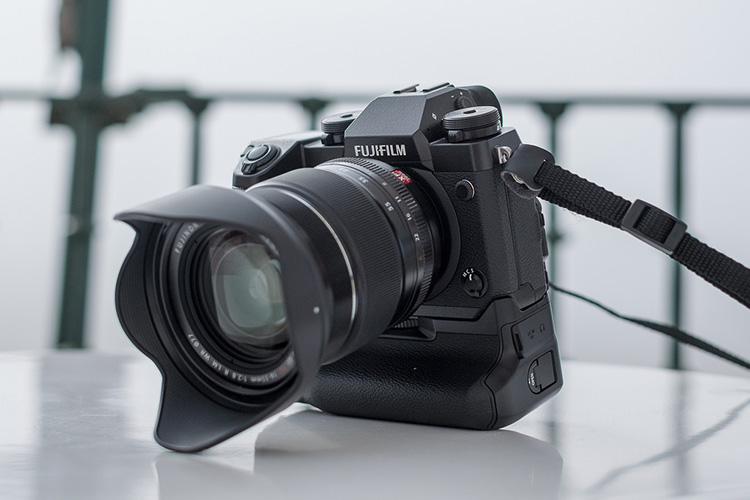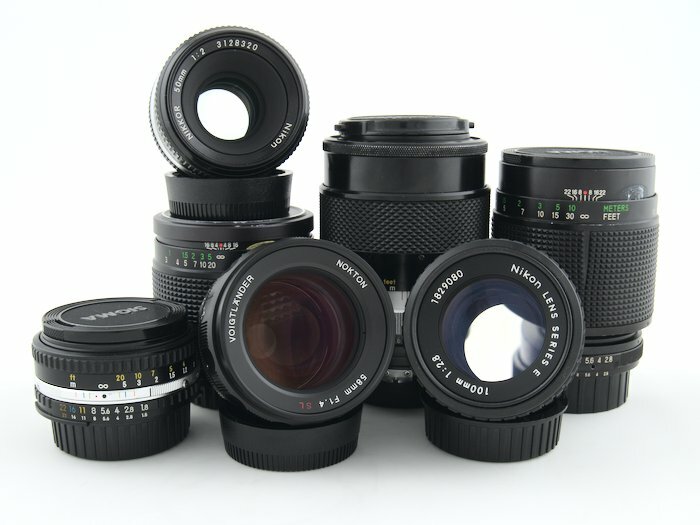What is the 85mm Lens Good For? The Ultimate Portrait Lens
If I had to start photography all over again, and choose only one lens, that offers the perfect balance between quality and budget, there is no doubt that I would choose the 85mm prime lens.
And in particular, the 85mm f1.8.
In this article, let’s try and understand why this is the ultimate lens for portrait photographers.
But before that, let’s see some beautiful photos of this lens itself:



What exactly is the 85mm lens good for?
It’s mostly used for shooting portraits, simply because of the following two factors:
1. Wider Aperture and Higher Focal Length
Since this lens allows you shoot at a minimum f-stop number of f1.8 or f1.4 or f1.2 (depending on the version you buy), it helps you in blurring the background; since at a wider aperture, the depth of field is shallow, which gives that nice smooth blurred background.
But at the same time, a large focal length like 85mm helps in compressing the background (reduced field of view) in the shot. To understand this, look at the image below, which shows what happens to the background at different focal lengths:
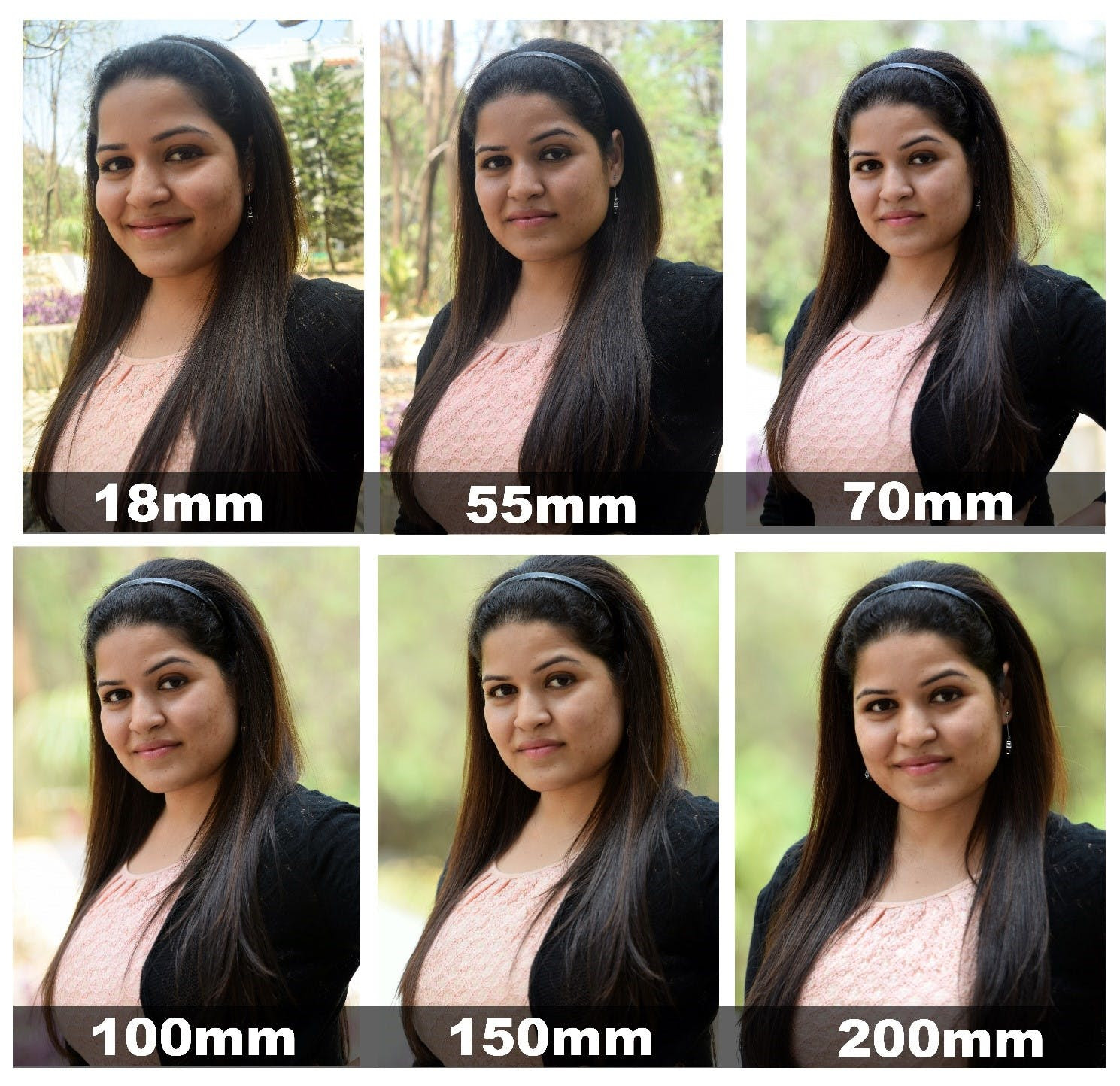
You can see from the image above, that as the focal length increases, the background behind the subject starts to get compressed, and the subject becomes more isolated.
Not only that, at higher focal lengths, the subjects face is not distorted like in the case of wider focal lengths (like in the first shot at 18mm). Read this article if you want to know more about this phenomenon.
So both these things are desirable – a lens that allows for a wider aperture and one that has a large focal length. Since the 85mm lens has both these, it’s a favorite among portrait photographers. It is capable of giving some really nice shots like the one below, which I took from my 85mm f1.8 lens:

You can see this lens in action in the video below, where I do an entire shoot using this lens. This video is from my Off-Camera Flash for Beginners Course:
“But, aren’t their other lenses that offer even a higher focal length and even a wider aperture? Then why is the 85mm lens the most popular?”
Good question!
This is where the next point comes in.
2. It is Cheaper Than Other Lenses That Offer The Combo Described Above
Let’s take some examples of other similar lenses that offer the combo described above and let’s also see their approximate costs:
70-200mm f2.8 Zoom Lens

The 70-200mm f2.8 is another popular lens that is used for portraits. Approximate cost ranges from $1500 to $3000.
135mm Prime Lens

The 135mm prime lens is also very popular for portraits. It mainly comes in two variations – 135mm f1.8 and 135mm f2. Its approxiamte cost is between $500 -$1500. As you’ll see later on in this article, it’s a fantastic lens for shooting full body portraits.
So you can see that these competing lenses are quite costly.
Where as the 85mm f1.8 costs roughly around $200 – $500.
So it is significantly cheaper than most portrait lenses. Of course, if price isn’t an issue, the other lenses may even give better images than the 85mm f1.8.
But it often is.
There is also the 85mm f1.4, which isn’t as popular as the 85mm f1.8, again simply because of the cost. Again, it’s significantly costlier than the f1.8 verison.
This is the reason why the 85mm f1.8 lens is so popular. It gives the perfect balance between quality and budget.
What else is the 85mm lens good for? Some common questions
Let’s see some common questions asked by beginner photographers when it comes to the 85mm prime lens:
Q1. Which is the best 85mm f1.8 lens?

First of all, you have to buy the version which is compatible with the brand of your camera. For instance, I shoot Nikon so the I bought the Nikon 85mm f1.8 lens.
But there are also third party manufacturers like Tamron, Sigma, Viltrox, Meite, etc, which manufacure these lenses with compatible mounts for different brands like Canon, Nikon, Sony, etc.
I would suggest you go in for the lens made by the brand of your camera body itself. Like how I went for the Nikon one. But in case that’s not available, the aforementioned third party manufactures should be fine too. Of course, it’s highly recommended that you do a thorough research.
I always suggest my students to rent the lens for a day if possible. Most cities have a camera rental shop. That way you can be sure about its compatibility and also its quality.
Q2. What is the difference between the 85mm f1.8 and 85mm f1.4?

As the name suggests, the 85mm f1.4 is the version which allows for the use of a wider aperture than the f1.8 version. This will help in getting a shallower depth of field. I will come back to why this can be important in certain situations, when I answer the question about shooting full body portraits below.
Q3. Is the 85mm lens good for weddings/events?
The answer to this is – It depends but mostly no. I have actually tested this lens for shooting my own events. I regularly conduct in-class photography workshops, and me and my assistants use this lens for taking shots of the workshops like ones below:



You can see that these shots are not bad. The wide aperture provides a really nice shallow depth of field so that only the subject appears in focus and that looks really nice.
But the main issue is that since it’s a prime lens, the focal length is fixed. This means to change the framing/composition, you have to move yourself. And that is something that happens a lot when shooting events. In the case of our workshop, things work for us since our students are seated at one place the entire time and are not really moving. Also, our workshop classroom is very small so 85mm is ok. But in bigger rooms, it can be an issue since you would require a larger focal length.
The reason we use this lens during our workshop is because it’s always on the camera anyway, since we use it a lot for the portraits practice session in the workshop, which results in amazing headshots like the ones below:

So you can clearly see that this lens shines when it comes to portraits, but maybe not so much for shooting events.
This is why if someone is interested in shooting both portraits as well as events like weddings, and they can only buy one lens, I always suggest them to go for the 70-200mm f2.8, since the ability to zoom in and out offers a lot of flexibility and ease when composing a shot.
Q.4 How far should an 85mm lens be from the subject?
When using an 85mm prime lens, the ideal distance from your subject depends on the type of shot you want to capture. Here are approximate distances for both a headshot and a full-body shot:
Headshot
- Distance: About 3 to 4 feet (0.9 to 1.2 meters)
- Framing: At this distance, the 85mm lens will capture a tight crop of the head and shoulders, providing a flattering perspective and nice background separation.
Full-Body Shot
- Distance: About 15 to 20 feet (4.5 to 6 meters)
- Framing: This distance will allow you to capture the entire body while maintaining a pleasing perspective and background compression typical of an 85mm lens.
These distances can vary slightly based on your camera’s sensor size (full-frame or crop sensor) because if you are using a crop sensor, the focal length multiplies by the crop factor of the sensor, so you will need slightly more distance as compared to using a full frame camera.
This is another reason why the 85mm focal length is a good sweet spot. It needs space but not too much space.
Q.5 Is the 85mm lens good for full body portraits?
Shooting full body portraits is a tricky affair. Because you need to move further back from the subject to get their entire body in the frame.
This makes the depth of field less shallow because one of the principles of depth of field is that, the larger the distance between the photographer and the subject, the less shallow the depth of field (less blurred background). I have explained this in more detail in this article.
But basically, you need to compensate that loss of shallowness of the depth of field. So either you need to compress the background more by using even a larger focal length or you need to use a lens which allows for a wider aperture.
Since we are talking only about the 85mm lens, the ideal choice would be to opt for the 85mm f1.4 variation, since it allows for a wider aperture than the 85mm f1.8. But if I were to choose one lens, it would be the 135mm prime lens, since the background compression you get at 135mm adequately compensates for the loss of the shallowness of depth of field. One of my favorite photographers is Keydrin Franklin, who uses to the 135 mm to perfection for full body portraits.
In order to shoot good full body portraits, you really have to be very good at understanding how depth of field works. You can watch the video below from my Photography for Beginners course, where I explain the 3 different factors that affect depth of field. By the way, even in this video, I am using the 85mm f1.8 lens:
Q.6 Which is better – 50mm or 85mm lens?

When it comes to shooting portraits, the 85mm absolutely blows the 50mm out of the water. It’s not even close. The larger focal length gives a much more compressed background, thereby resulting in a more isolated subject. The only way the 50mm can match this, is if you are going really close and only taking close-up shots, because then there is not much room for the background to show anyway.
Despite this, the 50mm prime lens remains very popular, simply because it’s significantly cheaper than the 85mm lens. And also because most beginners are not aware about the principles that you read in this article. So they naturally opt for the 50mm prime.
Another reason some photographers opt for the 50mm is because they are using a camera with a crop sensor, which means the effective focal length is larger since the original focal length is multiplied by the crop factor. So if your camera has a crop factor of 1.5, the 50mm basically becomes 75mm, which is close to 85mm. But what they forget is that the 85 would also go through a similar phenomenon and thereby result in even a more compressed background and more isolation. So I never buy this point and still recommend the 85mm regardless of whether its being used on a crop sensor or a full frame.
The only point that works in favor of the 50mm (apart from the price) is the point about space. If you are shooting indoors and you have a very small room, then it might be advisable to go for the 50mm, especially if you are using a crop sensor.
Q.7 What is the difference between a 35mm and 85mm lens?
The 35mm is another prime lens that is very popular amongst portrait photographers. Personally speaking, I never liked it that much myself, since the wider field of view shows a lot of the background. Let me show you a 35mm shot from the shoot you saw above in the video:

You can see that this time the subject doesn’t look as isolated as before, simply because the wider field of view at 35mm shows a lot of stuff in the background. And mind you, this is the 35mm f1.4, not even the 35mm f1.8, which would have probably resulted in the background not even being that blurred.
But some people love this look since they like to show the environment in which the subject is in. If the environment is important, then I think this is a fantastic lens. But since I mainly do portfolio shoots, I prefer shots in which my subject stands out. So it really depends on what your objective is.
I actually own the 35mm f1.8 lens but I mainly use it for shooting the videos for my online courses.
Q.8 What size filter fits the 85mm lens?
The filter size for an 85mm prime lens can vary depending on the brand and specific model of the lens. However, many popular 85mm prime lenses from manufacturers like Canon, Nikon, and Sony typically have a filter size of 67mm or 77mm. To determine the exact filter size for your particular lens, you should check the lens specifications, usually found on the lens barrel or in the lens’s user manual.
Conclusion
To sum it up, the 85mm prime lens, in my opinion, rules all when it comes to portrait photography.
As discussed before, there are better lenses out there, but the hefty price tag attached to their name renders them inferior to the 85mm, when it comes to ranking lenses on the basis of both quality and budget.
If you liked this article and are interested in other photography gear that I recommend, then you can check out this page, where I have listed down all the gear I recommend when it comes to the different genres of photography.


